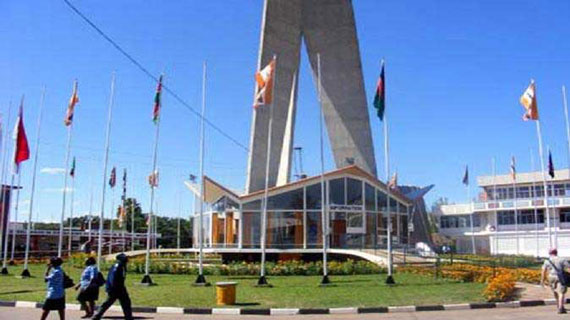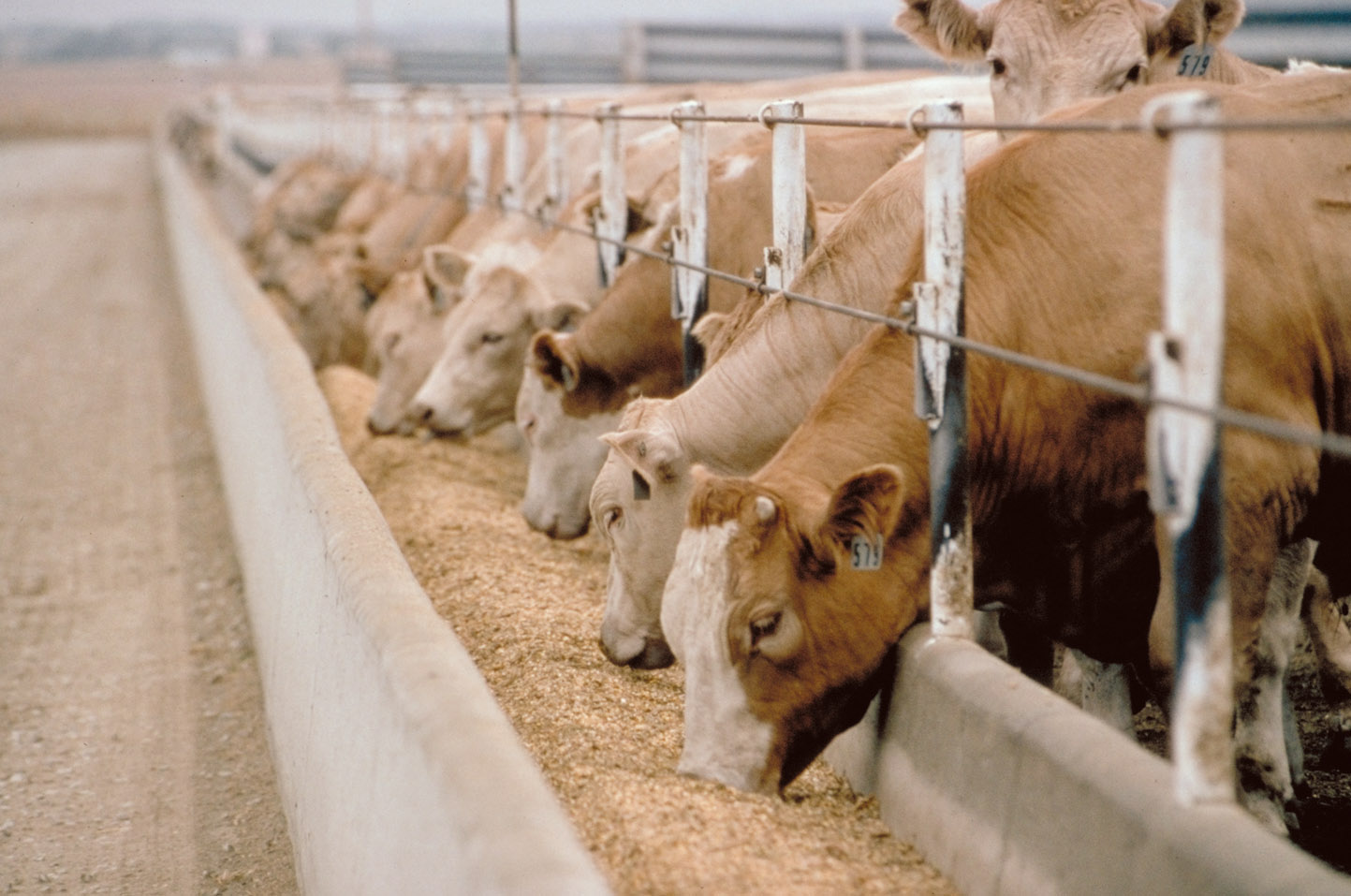Zimbabwe averts mass cattle deaths despite severe drought
Government successfully averted mass cattle deaths during the 2024/25 summer season, despite the country facing its worst drought in over four decades.
According to the Ministry of Lands, Agriculture, Fisheries, Water and Rural Development’s Crops, Livestock and Fisheries Assessment Report: First Round (CLAFA-1), only 1,98 percent of the 2,3 million cattle identified as being at risk succumbed to the crisis, thanks to a series of targeted interventions by the state.
The report noted that “depleted pastures and diminishing water supply were identified as key challenges, compounded by an increasing disease burden from tick-borne diseases as water points dried up, reducing dipping services”.
In response, the Government launched a multi-pronged campaign focused on information dissemination, feed distribution and the establishment of community support centres.
Farmers were encouraged to adopt a new mindset.
“Treating livestock as a business” became a cornerstone of the Government’s messaging, aimed at promoting smarter herd management and commercial thinking.
Information on drought-mitigation strategies was circulated widely across rural areas and the state facilitated targeted culling to reduce pressure on grazing lands.
In addition, ward-level drought mitigation centres were established to coordinate the provision of supplementary feed, including silage and hay.
“The grazing condition (quantity and quality) and water supply became satisfactory in most regions of the country following widespread rains received in January,” the ministry reported.
As a result, livestock was in fair to good body condition by the time of the assessment.
Although 44 766 cattle were lost, this was a fraction of what had been feared. The report credited the limited losses to “mass-information dissemination about mitigation and adaptation, as well as practical support measures rolled out on the ground”.
Dr Petronella Muzvongi, a livestock specialist and consultant, said the approach marked a shift in disaster response strategy.
“In the past, drought would decimate herds across provinces, but the Government’s investment in early-warning systems and feed stockpiling has changed that narrative,” she said.
The national beef herd not only survived but grew slightly by 0,4 percent, from 5,72 million in 2023 to 5,74 million in 2024.
The dairy sector posted even stronger gains. The national dairy herd expanded by 8,7 percent, while raw milk production surged 15 percent, reaching 114.7 million litres, up from just under 100 million litres the previous year.
“The resilience of the dairy industry in these conditions was remarkable,” said Innocent Chikomba, a commercial dairy farmer in Mashonaland West. “The support we received in the form of fodder and veterinary services made a real difference.”
Even small-scale farmers felt the impact. “We were taught to plan ahead and treat our animals as part of a business,” said Tendai Moyo, a communal farmer in Manicaland. “It was not just about feeding them; it was about saving a livelihood.”
While the goat and pig sectors recorded declines, the overall livestock picture was better than expected.
The ministry concluded that “Government interventions played a critical role in mitigating the effects of the drought and pledged to continue building climate resilience in agriculture going forward”.
-herald











